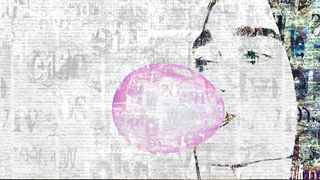
Portfolio
An unconfined space for art, design and architecture

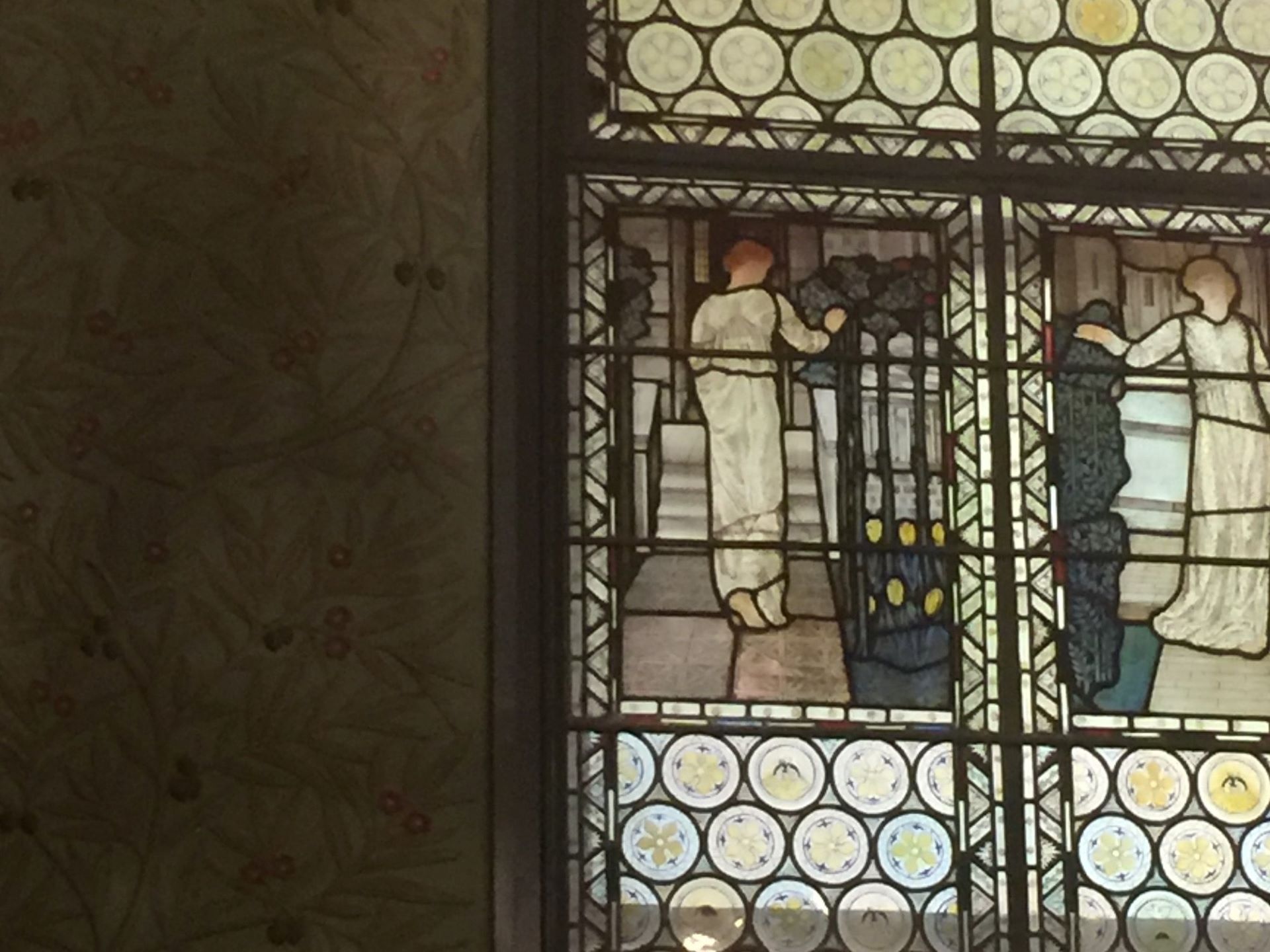
Miriam Davies in London talks about art and life
I have a strong sense of clouds having a silver lining.
Something painful happened in my thirties, and at that moment it was as though the light had been turned off. My life had changed beyond all recognition. And so I buried myself in my art history—I had just started a degree course at Birkbeck, which involved two nights a week after work. Every Saturday, I went to the National Art Library in the V&A and studied in that beautiful building; and at lunchtime I’d go walkabout, looking at Renaissance and twentieth-century sculptures and ancient textiles. I used the library at the Courtauld Institute, too, and made copious notes there as well. That period unleashed so much that was wonderful. My heart and mind were lit up. I felt alive again.
The V&A is possibly my favourite place. It has such a rich, diverse collection. I have many fabulous memories that bind me to it—I have been to so many stimulating exhibitions that made my spirits soar and added colour and texture to my life. I recall an exhibition of patchwork quilting (which, in India, in the past, was always done by men) and seeing the Wandsworth Prison quilt, made with guidance from Fine Cell Work, whose work I now support.
I feel so at home there. It’s associated in my mind with many different times in my life, not least the early 1980s and Joe Jackson (his music playing in the stock room at Liberty) and going to Schumi on the King’s Road to have my fringe dyed fuchsia pink; and having drinks in the V&A dome under Chihuly’s glass chandelier; oh, and the wonderful Mary Quant exhibition! My memory of leaving the V&A, usually on a Friday night, is always of feeling passionately alive.
Ten years ago, I went to the opening of an exhibition at the V&A on London fashion of the 1980s, with Jasper Conran and Vivienne Westwood and Galliano. It was called 'From Club to Catwalk' and it was glorious.
I still wear an Issey Miyake pleated lime green scarf from the 1980s. His iconic technique is gorgeous and so wearable.
Quilting at the V&A vam.ac.uk/collections/quilting-and-patchwork
There are so many wonderful places, wonderful buildings, filled with art. I love the Courtauld Institute, the old Courtauld, its rich, coloured rooms. And I love the Fashion and Textile Museum in Bermondsey. I’ll certainly be going to the Kaffe Fassett exhibition there. They are showing the Royal School of Needlework at the moment, a retrospective take on the last 150 years, ‘From Crown to Catwalk’. A little different from ‘Club to Catwalk’ but still enticing!
Kaffe Fassett in Bermondsey fashiontextilemuseum.org/exhibitions/kaffe-fassett-the-power-of-pattern
The Tate is another of my favourite most beloved places. And that’s the Tate before it ever became Tate Britain and Tate Modern and Tate St Ives. I have been to hundreds of Tate exhibitions over the years. Patrick Heron. I adore his use of colour. And Georgia O’Keefe. I have a print by her that I bought at the Tate. I was at the ‘Surrealism Beyond Borders’ exhibition at Tate Modern recently, and just in the last month I went to see Hew Locke’s extraordinarily powerful Procession at Tate Britain.
Surrealism at Tate Modern tate.org.uk/whats-on/tate-modern/surrealism-beyond-borders
Procession at Tate Britain tate.org.uk/whats-on/tate-britain/hew-locke
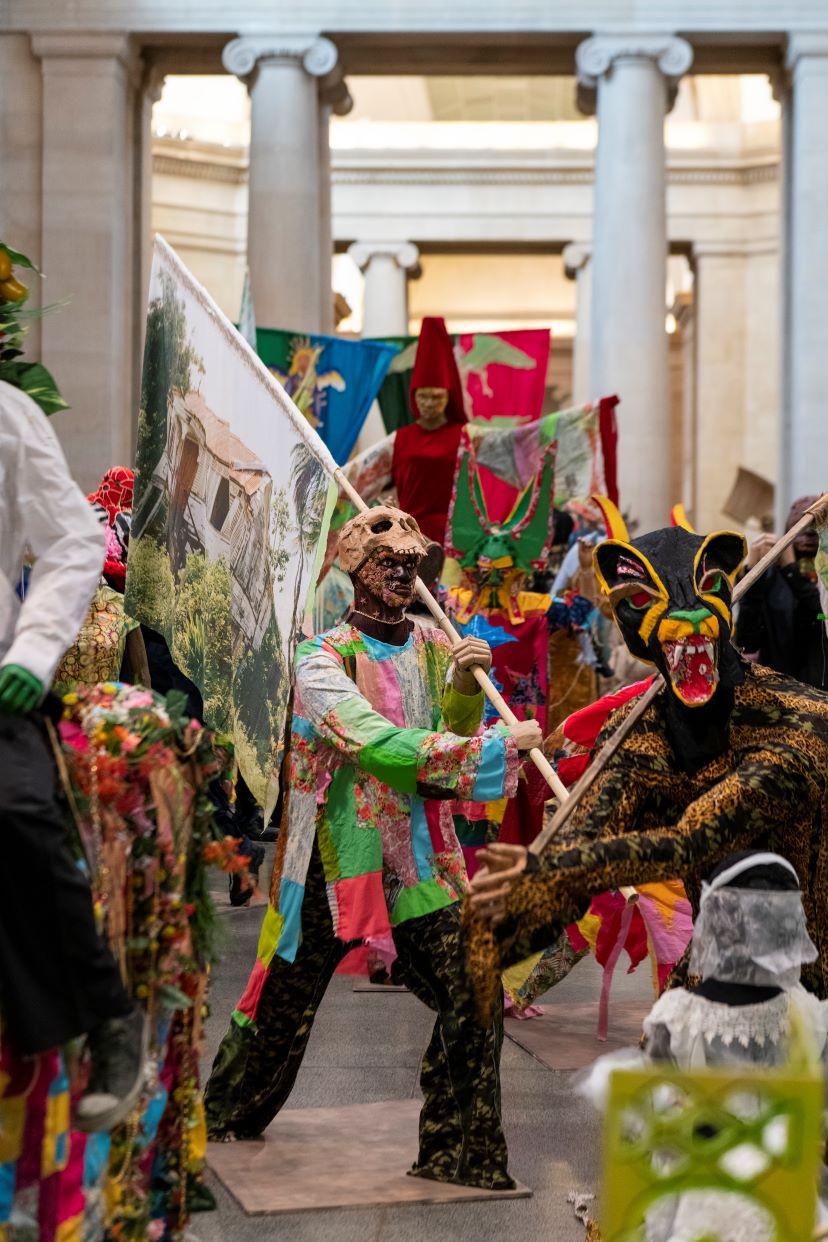
Hew Locke Procession at Tate Britain ©Tate Photography (Joe Humprhys) (8)
ARTWORKS AND ARTISTS
I wrote my dissertation on Barbara Hepworth and examined whether her work reflected the ‘call to order’ amongst UK artists after the Second World War. This was thinking back to the ‘rappel à l’ordre’ that went out into the art world in Paris after the First World War; the need for meaning in such fragmented, exhausted times; the need to rebuild the country. Just look at Picasso’s two monumental figures, Two Women Running on the Beach, those solid lines, the limbs outstretched, from 1922; or his 1923 Seated Woman in a Chemise (at the Tate); this was Picasso abandoning the abstraction of Cubism, rejecting Futurism, turning full tilt to Neoclassicism. I wanted to see whether there was an equivalence in the 1940s.
Hepworth at Tate St Ives (26 Nov 2022—1 May 2023) tate.org.uk/whats-on/tate-st-ives/barbara-hepworth-art-and-life
As part of that, I saw for the first time Henry Moore’s drawings of people going down into the London Underground in the air raids, his Shelter Drawings. They are extraordinary.
I have lived in London for so many years with all the spoils and riches of the arts in London. And now I live part of the time in a village. At home, on my desk, I have a flyer for an exhibition by Susan Derges at the Purdy Hicks gallery. The flyer shows two images: Star Field 2008 and Summer 2008. I look at them almost every day. Her work, which has been described as ‘painting with light’, is a form of prayer. Also on my desk is a gorgeous postcard of three models (Radhika Nair, Chawntell Kulkarni and Kirn Kandola) photographed by Tim Walker. I bought this postcard at Tim Walker’s ‘: Wonderful Things’ exhibition. The image was inspired by the V&A’s 16th-century Indian paintings. To me, this photograph and Susan Derges’ Star Field 2008 share a similar joyous luminosity.
Tim Walker at the V&A vam.ac.uk/event/oY0NgEyd/lunchtime-lecture-15-january-2020
Chris Ofili was the first painter to win the Turner Prize since Howard Hodgkin in 1985 and the first British black artist ever to win the Turner (which he did in 1998.) His Caged Bird’s Song formed the centrepiece of the 'Weaving Magic' exhibition at the National Gallery in 2017. It took weavers from the Dovecot Tapestry Studio two and a half years to reproduce the spirit of his utterly beautiful watercolours. I know: I was at the seminar when they described the experience.
Chris Ofili at Dovecot dovecotstudios.com/tapestry-studio/projects/chris-ofili-the-caged-bird-s-song-tapestry
I am very moved by Celia Pym’s work. She is a textile artist, and she mends and darns clothing. Her work looks at the imprint of our lives on fabric. When I saw her (at the V&A, in 2017) I realized that her work, which is so fabulous, cannot be taken out of context from the conversations she has with the person whose garment it is, about why it means so much to them. It was fascinating to witness the unspooling of people’s thoughts and see how interlayered the memories are. She weaves all of this into the garment. None of her darning is invisible.
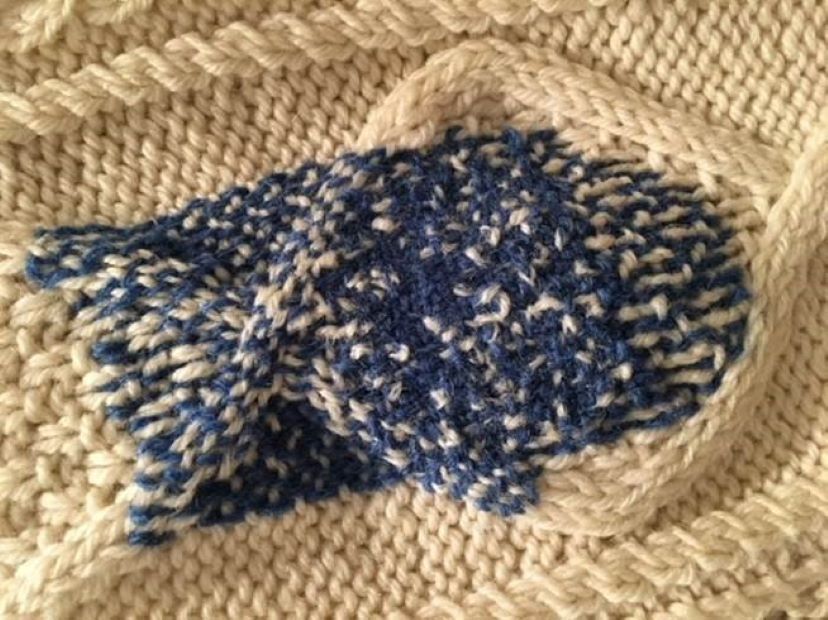
My life, like so many people’s, is not straightforward—rather like a garment darned over and over by Celia Pym. After the art history degree, I carried on and did a Master’s. My dissertation was on corporate art collections. I visited dozens of them. I found that it is possible to knock on the door and get access to these great collections; they are not so hidden away as one might think.
This was in the 1990s around the time of Damien Hirst and Tracey Emin and other YBAs.
I was asked to help select artworks for the firm. That’s how I came across the extraordinarily beautiful work of Susan Derges and the photography of Ori Gersht—a photograph taken out of the window of a moving train, I think in Poland. Gersht is always hoping to capture something that is not there, to move from the camera as a recording tool to the camera as a creating tool. And I went to see the end-of-year show at Chelsea and bought a George Harding piece. His work is also in the Bethlem Museum of the Mind. He explores reality and illusion, and fragmentation, thinking always about mental health and creative expression. I also bought a still from a video of the interior of an opera house in Milan, and that image has, I think, doubled in value—although that wasn’t the reason for choosing anything. And a work showing a multi-storey car park in Reading. It’s beautifully painted and has wonderful light. And we had to choose a sculpture. In the end, we found a beautiful piece by Tony Cragg (who won the Turner Prize in 1988). A shape like a shell. He is an astonishing sculptor.
All the creative disciplines feed into each other. They breathe the same air.
MY PRACTICE
I don't paint. I am not a sculptor. But I do sew; and weave; and embroider.
As a child, many of my clothes were made by my mother. When I was a teenager, she taught me to sew. In 1980, before going away to Aberystwyth University, I worked for a year in Liberty of Regent Street. I took the opportunity to buy their beautiful fabrics at a discount and made blouses and skirts using Liberty prints on silky Tana Law cotton or fine Varuna wool. Over the last decade, I have made a baby’s quilt, a turquoise velvet swing jacket, dresses, pyjamas and cushions. I have also re-upholstered a set of dining chairs. Now, post pandemic, I am looking for fabric to use with two ‘Tilly and the Buttons’ patterns, which I found in a haberdashery in Ulverston in the Lake District. (Tilly was a contestant on the first Great British Sewing Bee.)
Margo Selby introduced me to the craft of weaving—the principles of which have barely changed in the last eight thousand years. One of the pieces I made in her workshop, combining silk threads in hues of blue, green and gold, still hangs in my hall. A few years ago, I attended a course (led by master weaver Philip Sanderson) at the beautiful West Dean College, near Chichester. It was amazing to see how a totally different effect is created by using different types of loom and threads.
Willow weaving combines a traditional craft with a relationship with the natural world; and much as with weaving, the process of harvesting, drying, sorting, soaking and mellowing the willow hasn’t changed over the ages. I have long admired the work of Annemarie O’Sullivan, who makes contemporary baskets using ancient British basket-making techniques. Last year, on a short course run by Sue Kirk, I managed to make a slightly wonky but very strong basket; perfect for a bottle of wine and two glasses.
My autumn project is a tapestry inspired by a beetroot. I grew the beetroot in our garden (where I now have a different experience of colour and texture), took its photograph and had the image transferred onto a canvas. Now all I have to do is go out in search of the right colour threads.
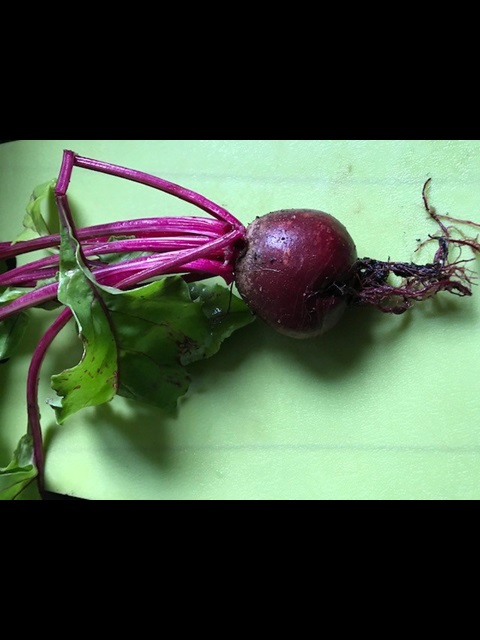
I love tapestries. Some years ago, I spent a memorable day on an embroidery course at the Royal School of Needlework in Hampton Court Palace. I embroidered a woman who is diving into water and creating the most enormous splash! One of my great loves is cycling and, on that day, cycling alongside the Thames and through a deer park in full sunshine to Hampton Court Palace made the experience even more utterly delightful!
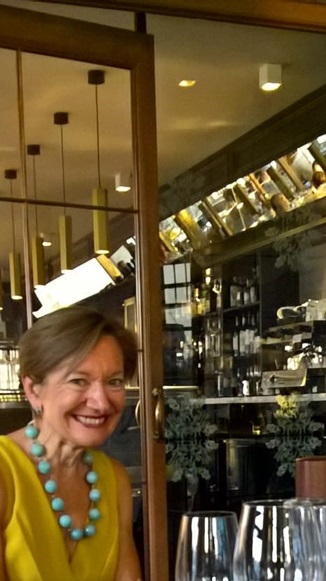
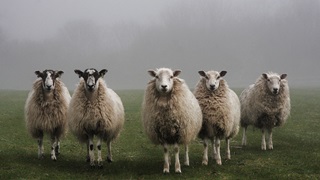
If his life were a movie, this is how Attilio Pavone's would play out | Issue 21 | 2022
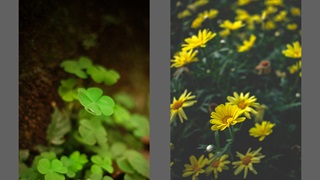
Meet Noni and Bina, two gardeners—one in the southern, one in the northern hemisphere | Issue 19 | 2021
© Norton Rose Fulbright LLP 2025